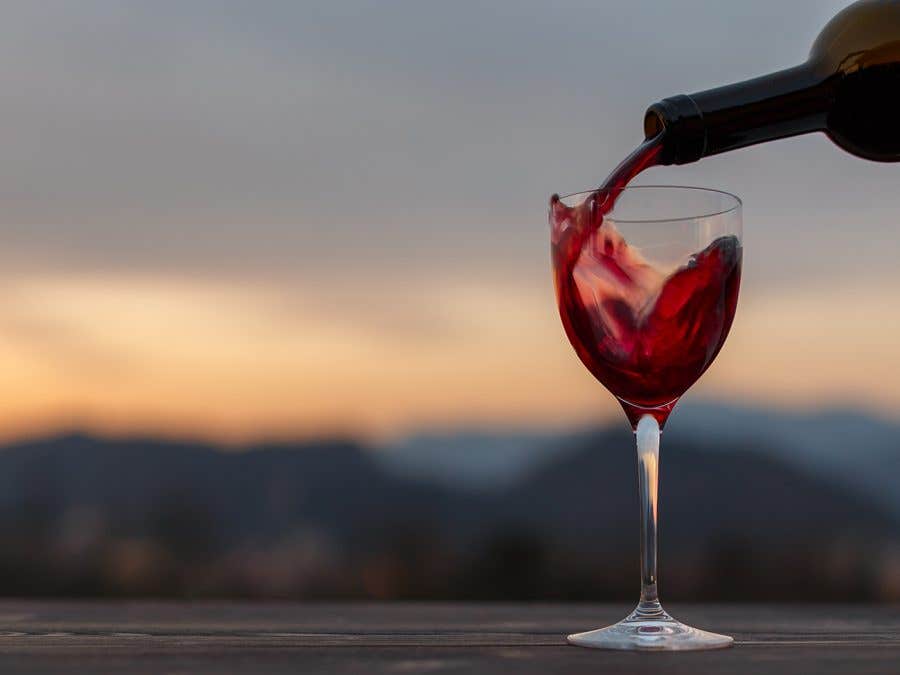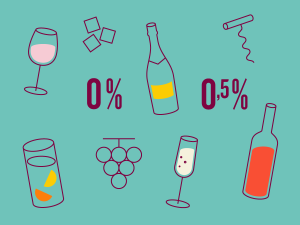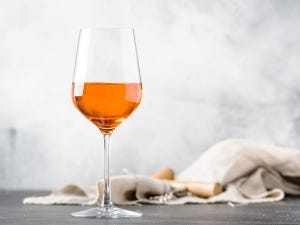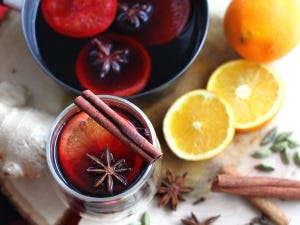To establish the reputation of a new wine region, nothing beats the power of Cab! Look no further than the Judgment of Paris in 1976, when California wines beat out their Bordeaux cousins, catapulting American wine onto the international scene as a serious competitor.
Much of the success of the King of the Reds, the originator of many wines with a cult following, is due paradoxically to its ability to integrate well in what is referred to as a Bordeaux blend, which typically combines Cab with other varieties originating from the Bordeaux region. Within Bordeaux, this could include Merlot, Cabernet Franc, Petit Verdot, Malbec or Carménère. Internationally, the blend may also include a bit of Syrah.
The old and new worlds
A permanent feature in the world of wine, Cabernet Sauvignon takes on distinctive features depending on whether it is grown in its native Bordeaux (or more generally in European soil) or under the hot sun of California, South America or Australia.
The main difference between the Cabs of the Old and New Worlds is the result of climate. Argentina’s dry weather and California’s sunny autumn season allow for “hang time,” meaning the ability to leave the grapes hanging on the vine for as long as necessary to achieve maximal ripening. In cooler climates, frost and autumn rain prohibit such a luxury.
Furthermore, in its home base of Bordeaux, Cabernet Sauvignon’s quality of expression has a certain restraint. But in California and elsewhere in the New World, the warmer, sunnier environments create wines bursting with fruit, sometimes reaching a blackberry or blackcurrant jam-like ripeness.
However, this difference has been diminishing, partly due to the warm seasons experienced in Europe in recent years, and partly because producers in the New World are looking to express more freshness with their wines. Amongst those producers with the highest volumes, the trend seems to favour a middle road between former Old and New World tendencies, though sometimes at the risk of reducing diversity of flavour. Recently these wines are offering a combination of very ripe fruit, assertive tannins, and grilled and woody notes that consumers can easily recognize.
What's on the label?
In France, if a wine has the words “Cabernet Sauvignon” on the label, this usually means it is made with 100% Cab. But the regulations allow a minimum of 85% for varietal wines that are outside the controlled designation of origin system (AOC in France and DOCG in Italy). In California, on the other hand, 75% Cab is the minimum required to use such labelling. So a label that reads “Cabernet Sauvignon” could in fact be a Bordeaux-type blend of varieties.
In any case, combining varieties allows complexity to be brought to the wine. As a particular example, the exuberant fruitiness of Merlot brings a seductive edge to the otherwise robust, tannic character of Cabernet.
 Access to SAQ Inspire personalized services and store inventories are unavailable at the moment.
Access to SAQ Inspire personalized services and store inventories are unavailable at the moment. Free in-store delivery with purchases of $75+ in an estimated 3 to 5 business days.
Free in-store delivery with purchases of $75+ in an estimated 3 to 5 business days. 










